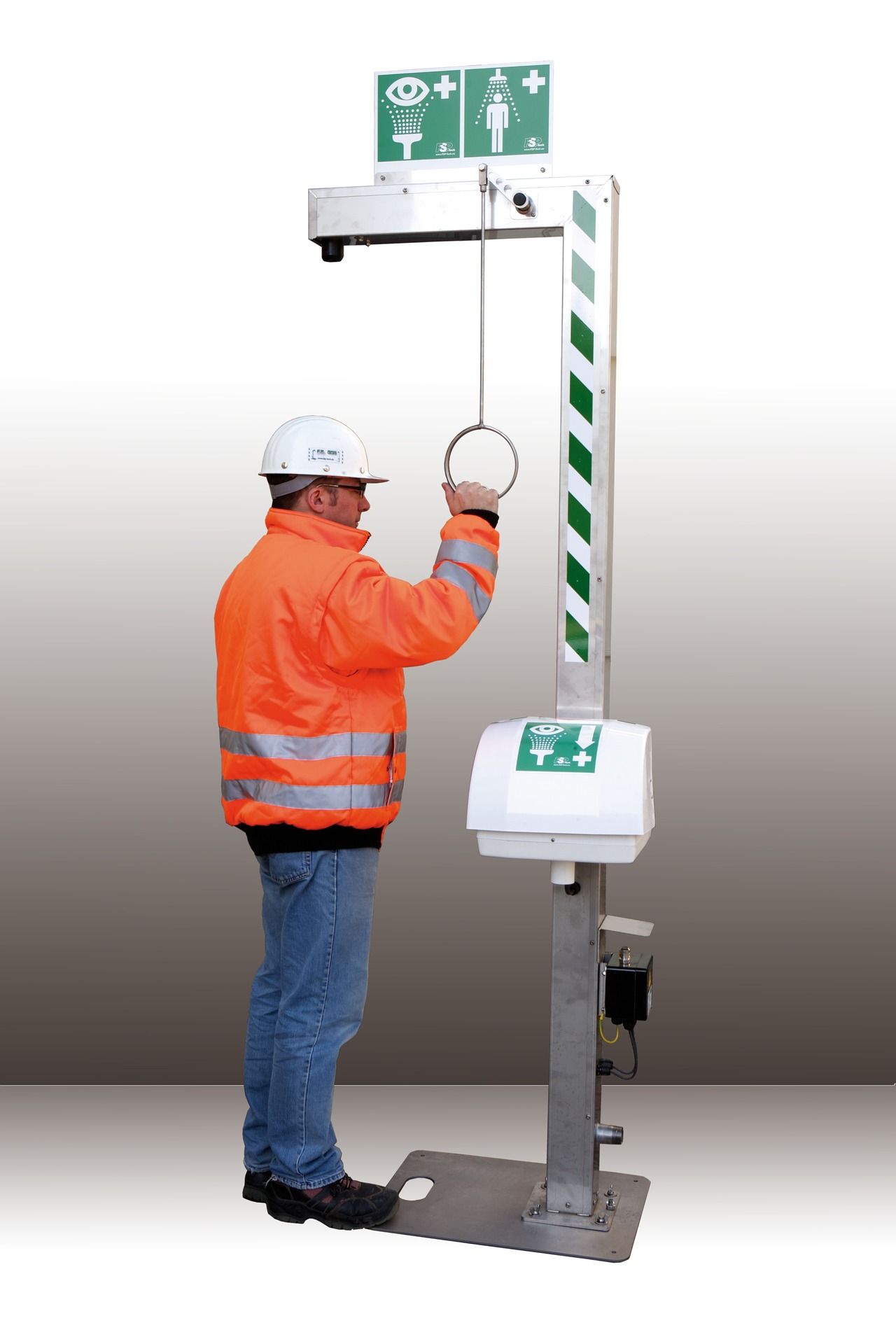Use emergency washing equipment after an exposure
Many safety measures and the use of PPE can prevent spills and exposures to hazardous materials. However, if you do experience an exposure, your safety, and the safety of others, depends on your response to the incident.
